|
Strolling Regent's Park and Victoria Tower Gardens on a nice summer afternoon.
Technical details: Fuji X-M1 with 50-230mm and 60mm lenses.
0 Comments
I know. Its been ages since I've updated the blog. Ashamedly I'm actually posting this 6 months after the above date. On the flip side, there's lots of photos to share so I'm going to try and get it all out there quickly (and may have to sacrifice detailed write-ups!)
Photos taken on a lovely spring afternoon in the garden. Technical details: Fuji X-M1 with OM MF Olympus 50mm f1.8 lens and Teleplus Macro Converter A very belated Happy New Year everyone. Apologies for the delay - I've got a several exciting 2013 posts coming very soon! Wanted to share some highlights of the year in an end-of-year collage.Actually, I've only included the second half of the year (1/2 / 2012 ?) since the blog was started in July. Looking through, I feel privileged to have had so many stunning opportunities to attempt to capture this variety of visual beauty. Click on the images to take you to the relevant posts from earlier this year. Unusually, photos are square-cropped here so not in original shape. Alternatively you can see the images in their normal form in the slideshow below. Comments / feedback welcome - just click on the "add comments" text at the bottom on this post. Slideshow of above photos. Hover over the photo and click "play". A few photos of out last dusks and dawns in Praslin, witnessing gorgeous sunsets and serious waves on fabulous beaches! A few photos have captions. Scenic flight moments (flying from Praslin back to Mahe) captured on the (slightly shaky) video below - but worth skipping through!
Technical details: Olympus ZD 12-60mm and 70-300mm lenses; all unedited and straight from the camera. When we booked our taxi boat to Cousin, we were told it was only an 8 minute motorboat ride away. Unfortunately (or fortunately) the sea was a lot less calm a few mornings later and we had quite an adventure (and soaking) when boating our way through the rough choppy sea - luckily our boatman had a waterproof back and we'd brought extra large carrier bags for the camera bag! The journey actually took us about 45 minutes. To land on Cousin's fine beaches, you have to board a speedboat (in the sea) on which you are told to hold on tight - the boat is driven at full speed, cutting through the waves like a jet ski, onto the white sandy beach. Why? In order to reduce human imprint on the beach itself.
After disembarking, everyone is strongly advised to put insect repellent on, properly - there were dozens of Odomos tubes (indian insect repellent cream) provided. Will had also given us mosquito suits but we thought we'd brave it as Seychelles seemed moderately mosquito-free compared to the lake-town of Kisumu. In fact, I've never had to reapply the mosquito repellent every half hour like I did in Cousin's dense vegetation. Cousin Island is a stunning bird island, designated as a special reserve and it was bought by Birdlife International while managed by Nature Seychelles. With no development and totally reserved for conservation, Cousin Island has the highest density of lizards per hectare in the world (although it didn't seem like this!); it is home to 300,000 nesting seabirds, the longest millipede in the world and an important nesting site for Hawksbill turtles. We had never seen such a place teeming with wildlife, and even more so, birdlife. With no natural predators and only conservationists and visitors, the birds are completely unafraid of humans - we could walk right up to nesting chicks at the base of trees and they would barely bat an eyelid - they felt so safe and secure! We were extremely lucky to see one of the first nesting Hawksbill turtles of the year - photos below capture some of the wildlife we witnessed. Technical details: Olympus ZD 70-300mm lens; all unedited and straight from the camera. Apologies for the delay in posting, but I promise there'll be many updates coming soon!
Following Kakamega Forest, I was delighted to find a butterfly in the garden that stood long enough for me to capture with the macro set-up. Technical details: Olympus Zuiko 50mm f1.8 coupled with Teleplus 2x macro converter; all photos unedited and straight from the camera except the ant photo which is slightly cropped. One day trip wasn't enough! I was very glad that we had a chance to revisit the Kakamega rain forest, especially as last time we had missed out on the bird watching (one of the main attractions) as we had been in the forest during the afternoon last time. Fortunately this time, we managed to climb Liranda hill on our first day, and completed the short trek (about 4 hours) down to the Yala River from our serene abode, Rondo Retreat. As mentioned in the earlier post, Kakamega is home to an astounding variety of butterflies. and although difficult to capture (why do they they rarely sit still for a second or longer?!) it was amazing to be walking miles in the company of so many different beatiful butterflies. I hope the photos do some justice. My favourite, however, is the dragonfly - a creature I have seldom managed to photograph in the wild.
Highlights of the trip included seeing a menacing forest python seconds after it made a kill, and watching it slowly escape us (disturbing its dinner time) climbing vertically up a tree stump with only its tail supporting it. We also saw a goliath beetle in flight (the largest insect in the world by weight, and about 4 inches long!) but it was too fast to capture on (digital) film. I have also included a short video clip trying to relay the wonderful atmosphere atop Liranda hill - surrounded by lush, dense rainforest with the breeze swimming through the long grass. Some of the photos have captions - click to view. Unfortunately I have not managed to identify many of the insects. Technical details: Olympus ZD 70-300mm and Sony 18-55mm lenses; all unedited and straight from the camera. A day trip to Kakamega Forest, a "superb small slab of virgin tropical rainforest, home to a huge variety of
birds and animals" as described by Lonely Planet. It also has 40% of Kenya's butterfly population, about 330 species . Although we didn't experience the richness of birdlife due to being there mid day, we saw much diversity in butterflies and enjoyed the flora through the forest trails. The video gives an insight into the typical torrential downpours that occur regularly in the Kakamega rainforest. Luckily we were indoors! Technical details: Olympus ZD 12-60mm and Minolta 70-210mm f4 lenses; all unedited and straight from the camera. From about 30 feet away, Shivani pointed out a blue chameleon poking his nose out from behind a high garden wall. I rushed out with the camera, climbed on a nearby tree stump and waited for about 5-10 minutes... And was rewarded with quite a view of unexpected activity (for a few seconds)! Later, I was also amazed by how flies were settling communally on a single Frangipani plant.
Technical details: Olympus ZD 70-300mm lens; all unedited and straight from the camera. Must admit that I've back-dated this post considerably... (almost a month later) but the trip is still fresh in our memories! Sun, sea, sand, stunning sunrises, great company and a cheeky monkey!
Technical details: Olympus ZD 12-60mm and 70-300mm lenses; all unedited and straight from the camera, except a little brightening of the night-time crabs. |
Vote for your favourite 2013 photos here!
Archives
July 2014
Categories
All
|
© 2016 Capture the Soul Photography. All rights reserved.







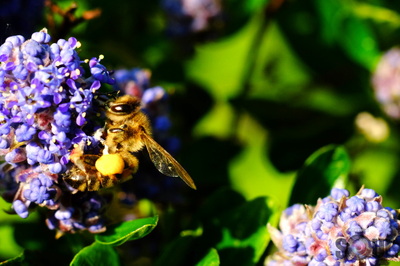











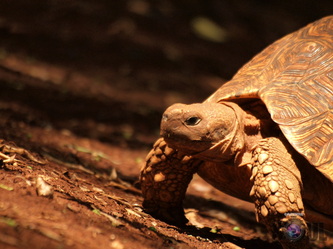







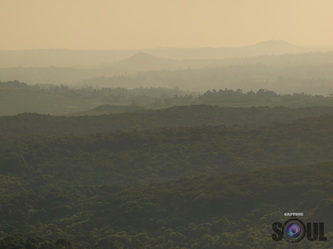




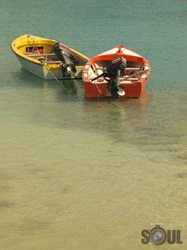

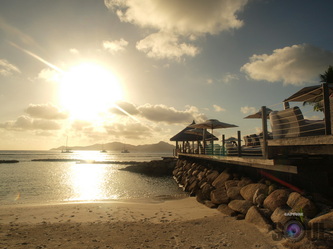

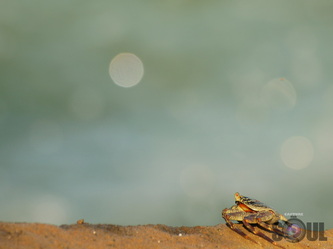







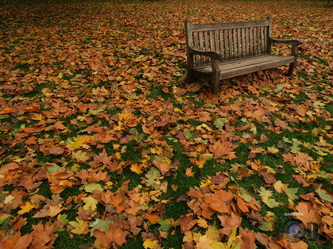












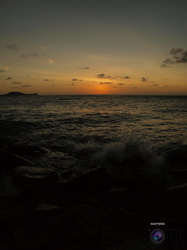

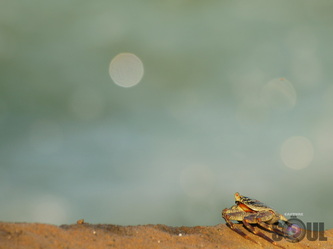








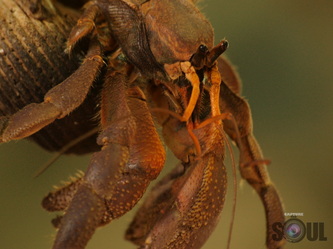












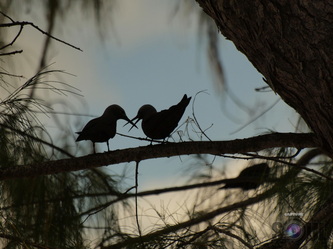

















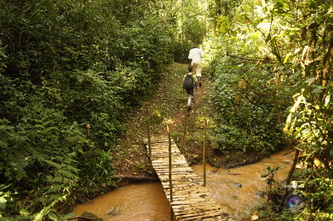






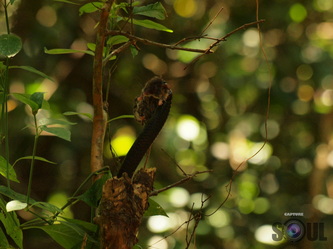














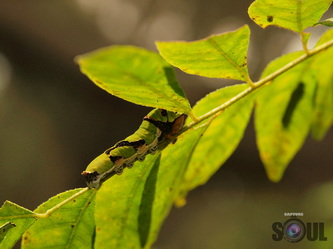
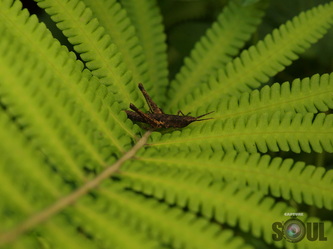

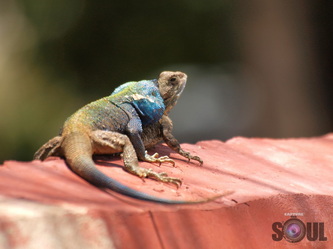





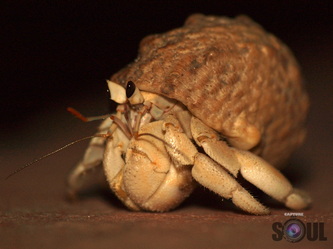







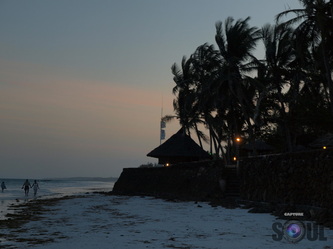










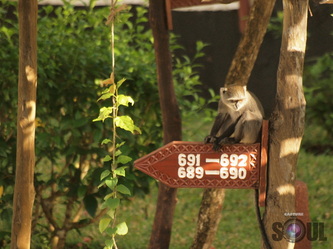



 RSS Feed
RSS Feed